
Ground-Breaking Efforts Overcome an Operational Limit of Tokamaks, Advancing Efforts to Achieve Fusion Energy
By achieving very high density and confinement quality at the same time, researchers make new strides toward fusion energy.

By achieving very high density and confinement quality at the same time, researchers make new strides toward fusion energy.
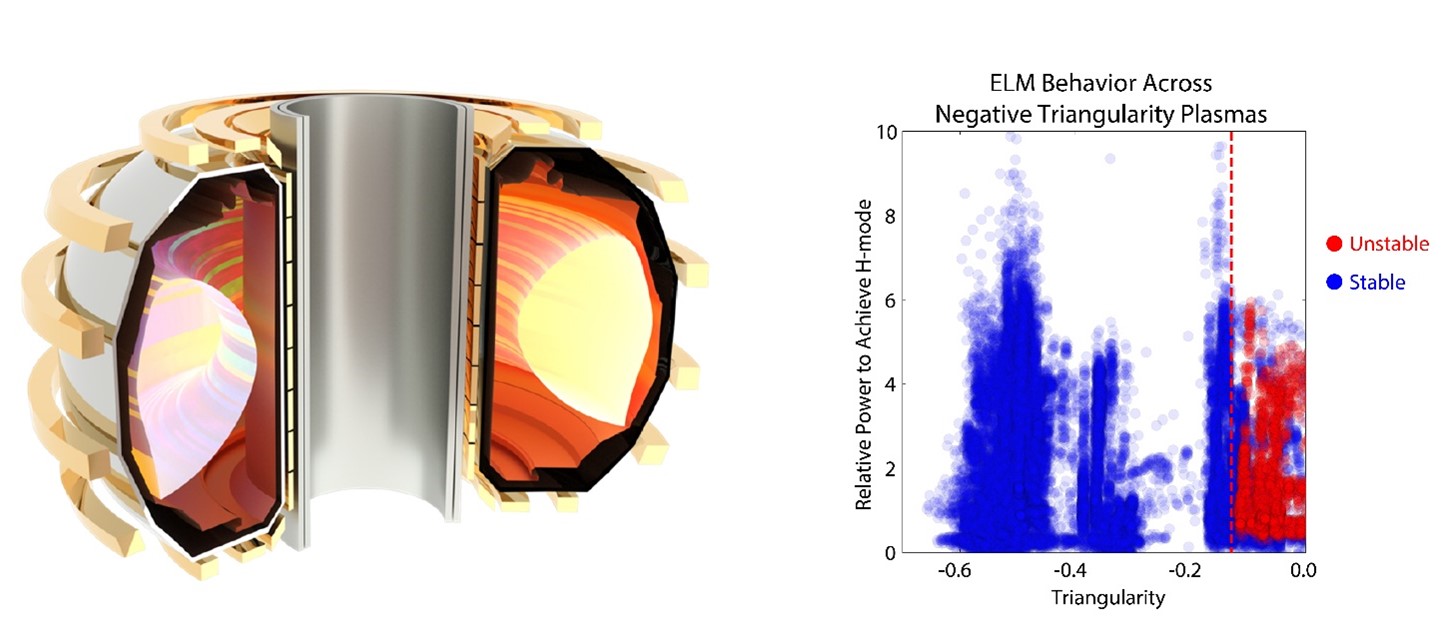
Plasmas with negative triangularity show reduced gradients that develop into instabilities, including under conditions relevant to fusion power plants.

Perturbing the edge magnetic field of a tokamak produces a counterintuitive response: particles entering the confined region rather than escaping it.
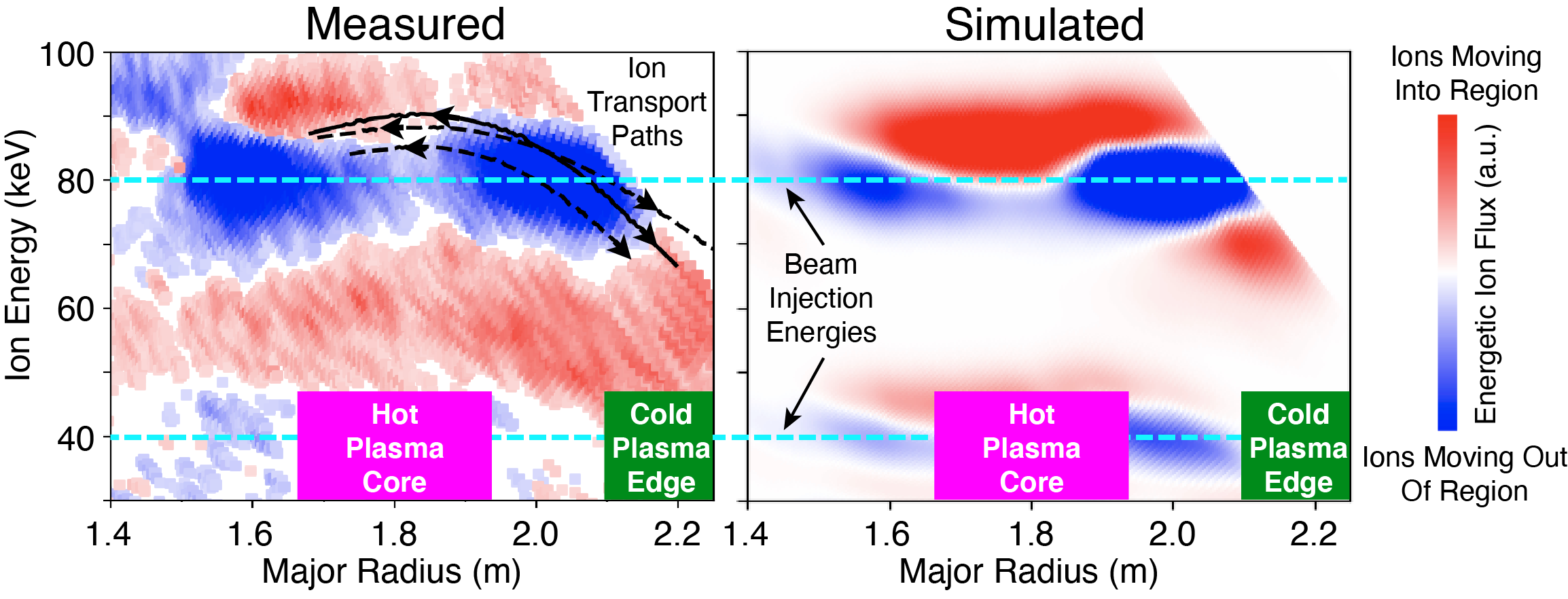
For the first time, scientists successfully track energetic ion flow through space and energy driven by electromagnetic waves in fusion plasmas.
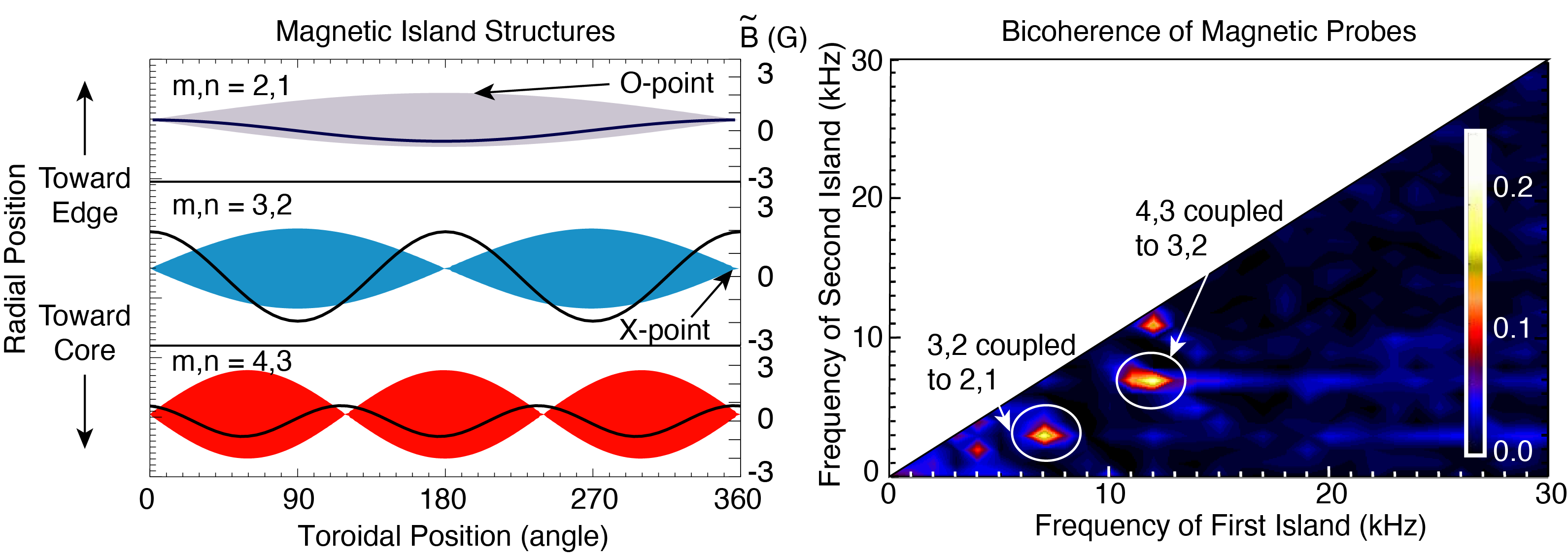
Small rotating magnetic islands in tokamaks flowing at the same speed can couple together to cause disruptive islands that reduce plasma confinement.

Plasma simulations, theory, and comparison with experiment show that resistive wall tearing mode can cause energy loss in tokamaks.

Scientists used tokamak plasmas to study how heat shield materials protect spacecraft in the extreme conditions of atmospheric entry.

Long predicted by theory with support from supercomputers, this combination of neutrons advances nuclear physics
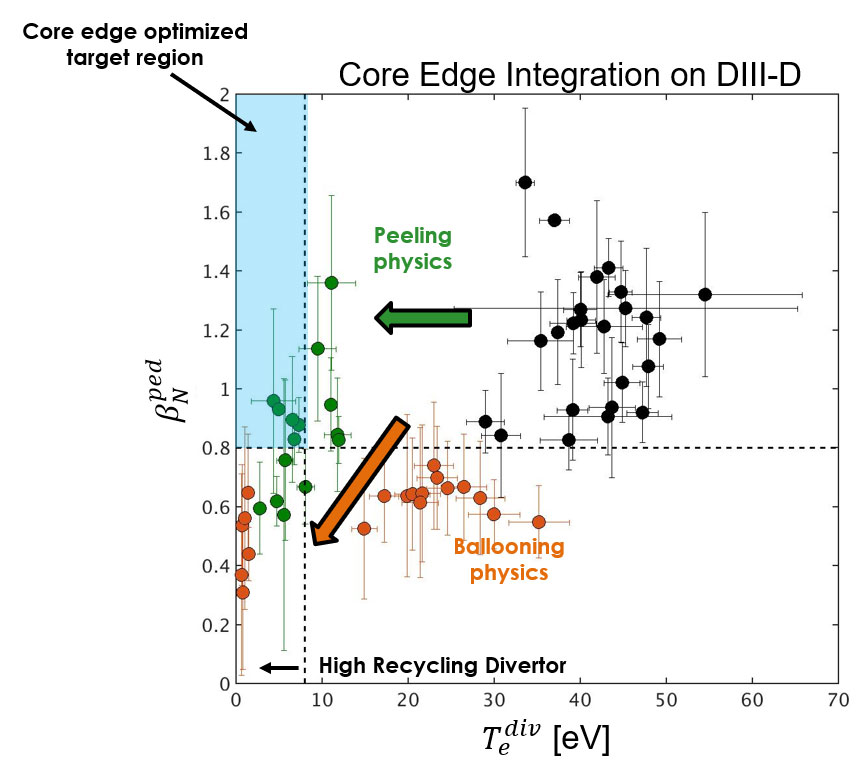
Leveraging peeling physics in current tokamaks improves fusion performance and integrates with exhaust solutions for future fusion reactors.
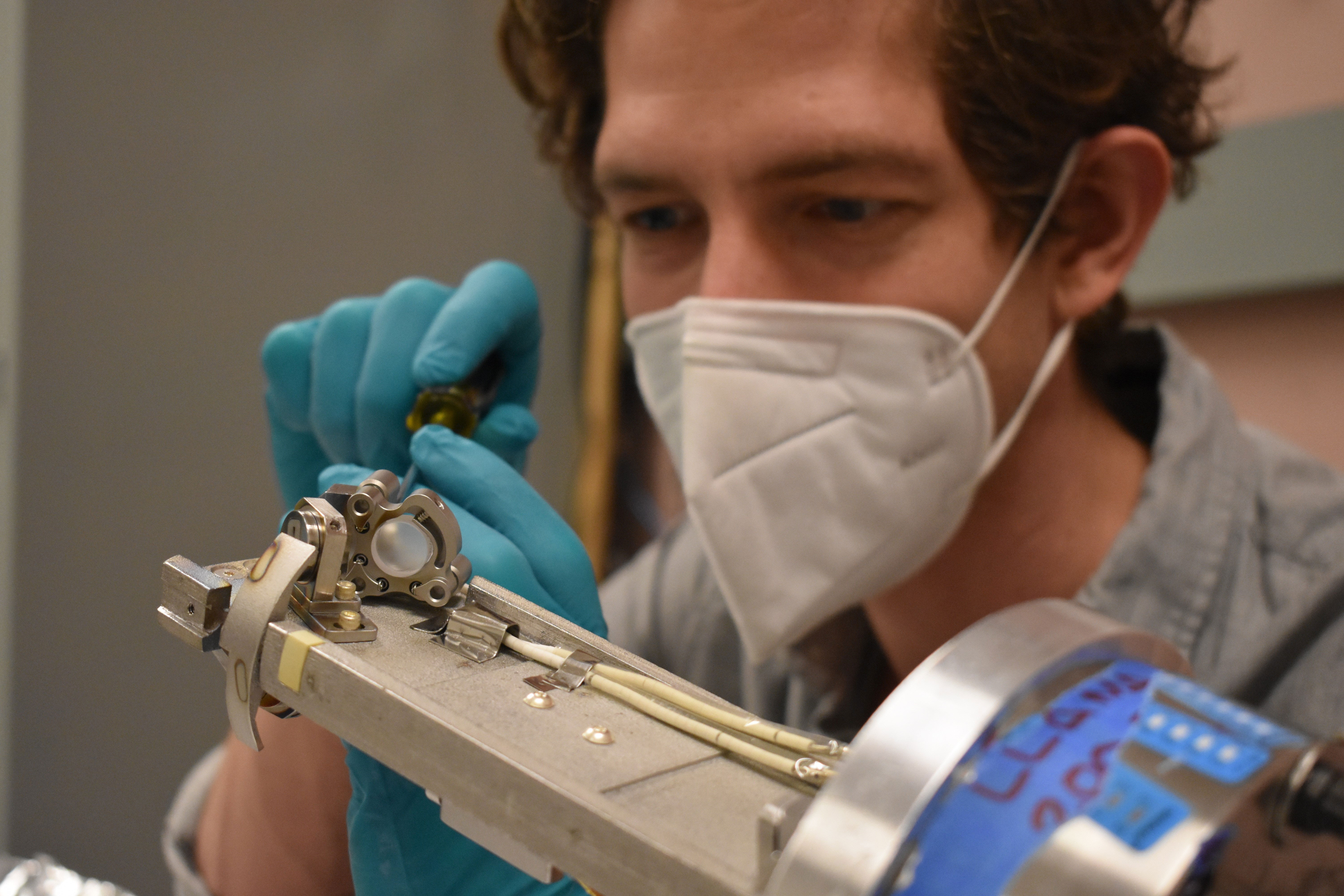
The novel Lyman-alpha Measurement Apparatus (LLAMA) measures neutral particles in a fusion device and the fueling they provide.
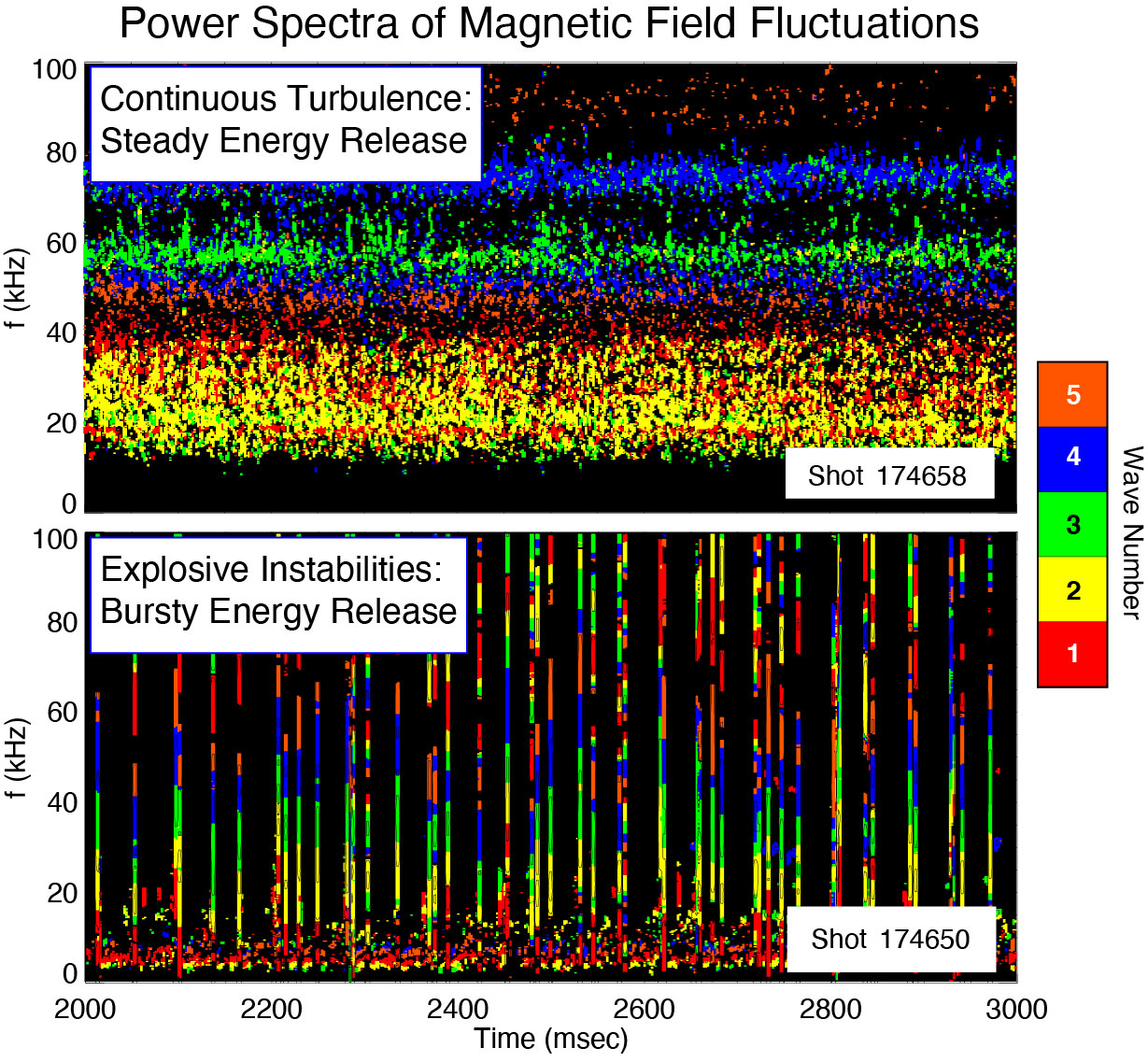
An operating mode called wide pedestal quiescent H-mode allows tokamak operation without detrimental edge instabilities.
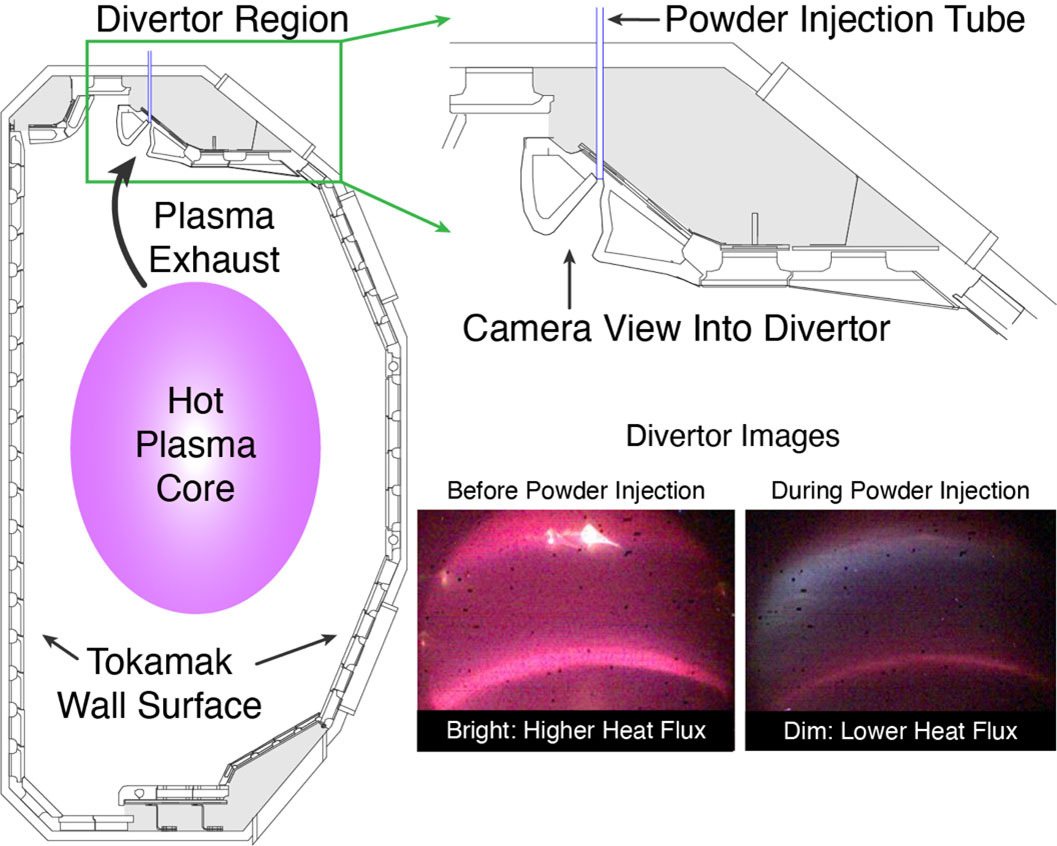
New approach helps protect tokamak walls while maintaining fusion conditions in the core.